CSF in the Landscape Architecture Conference and Field Trip in the Colorado River Delta
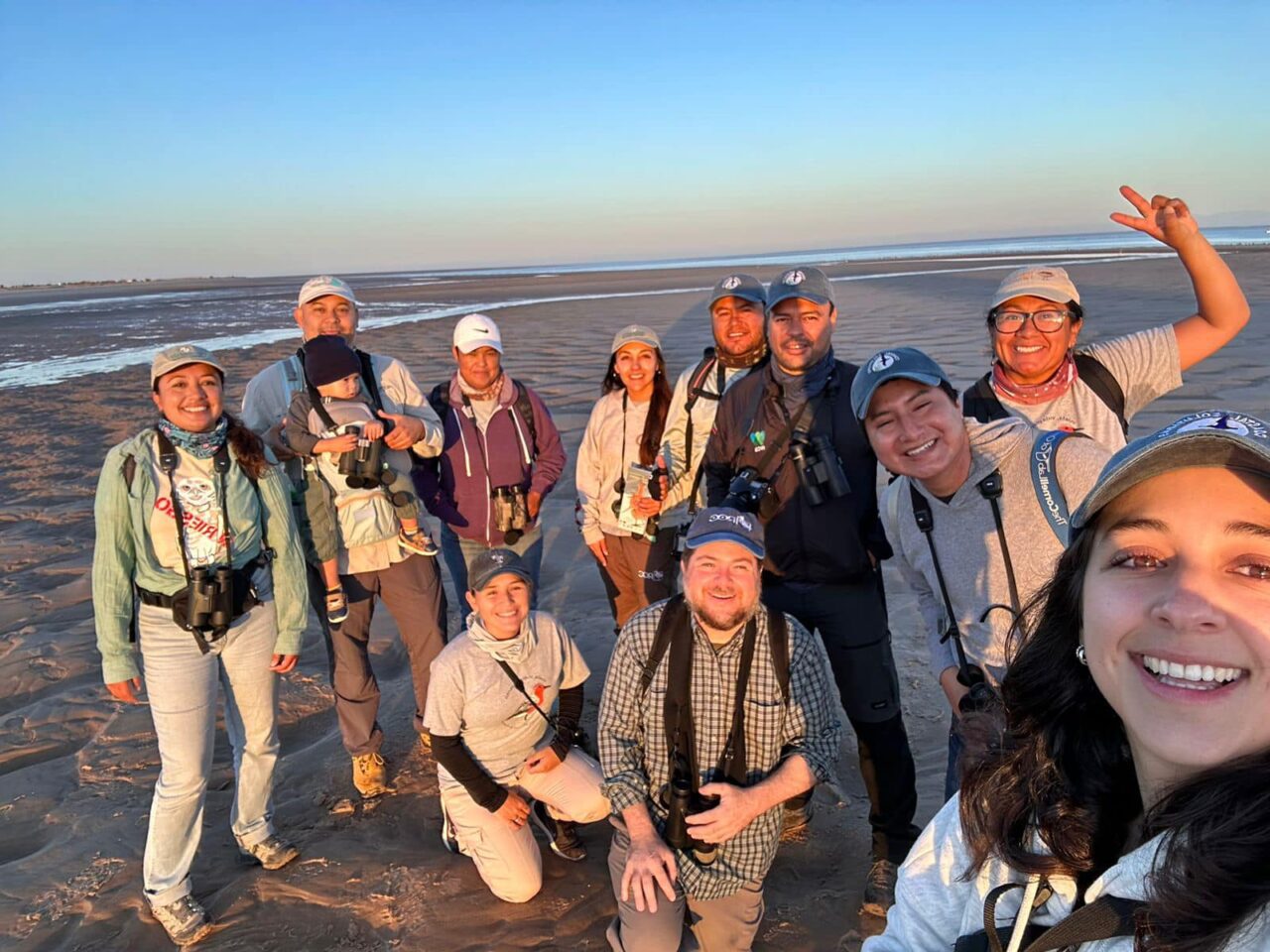

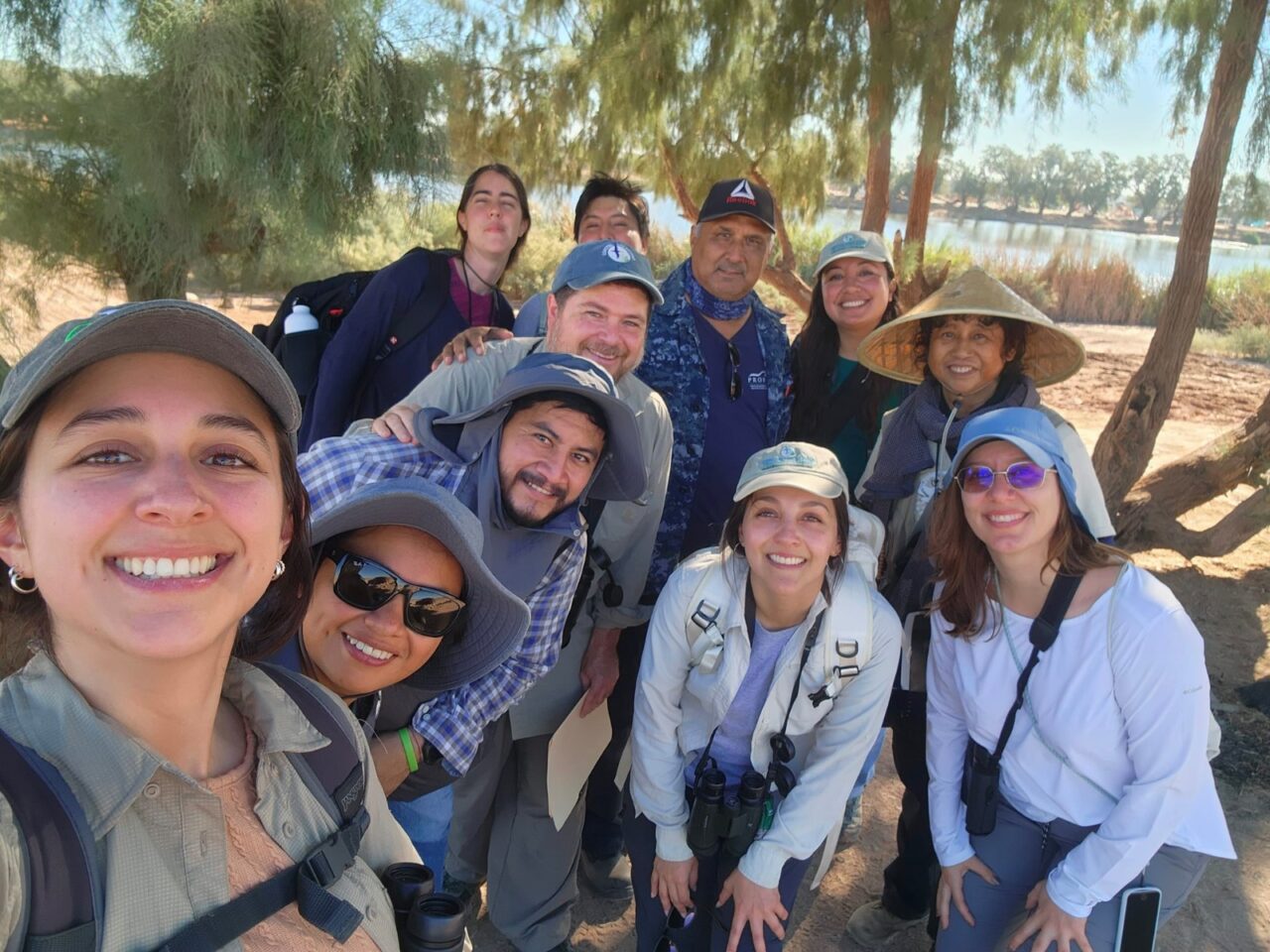
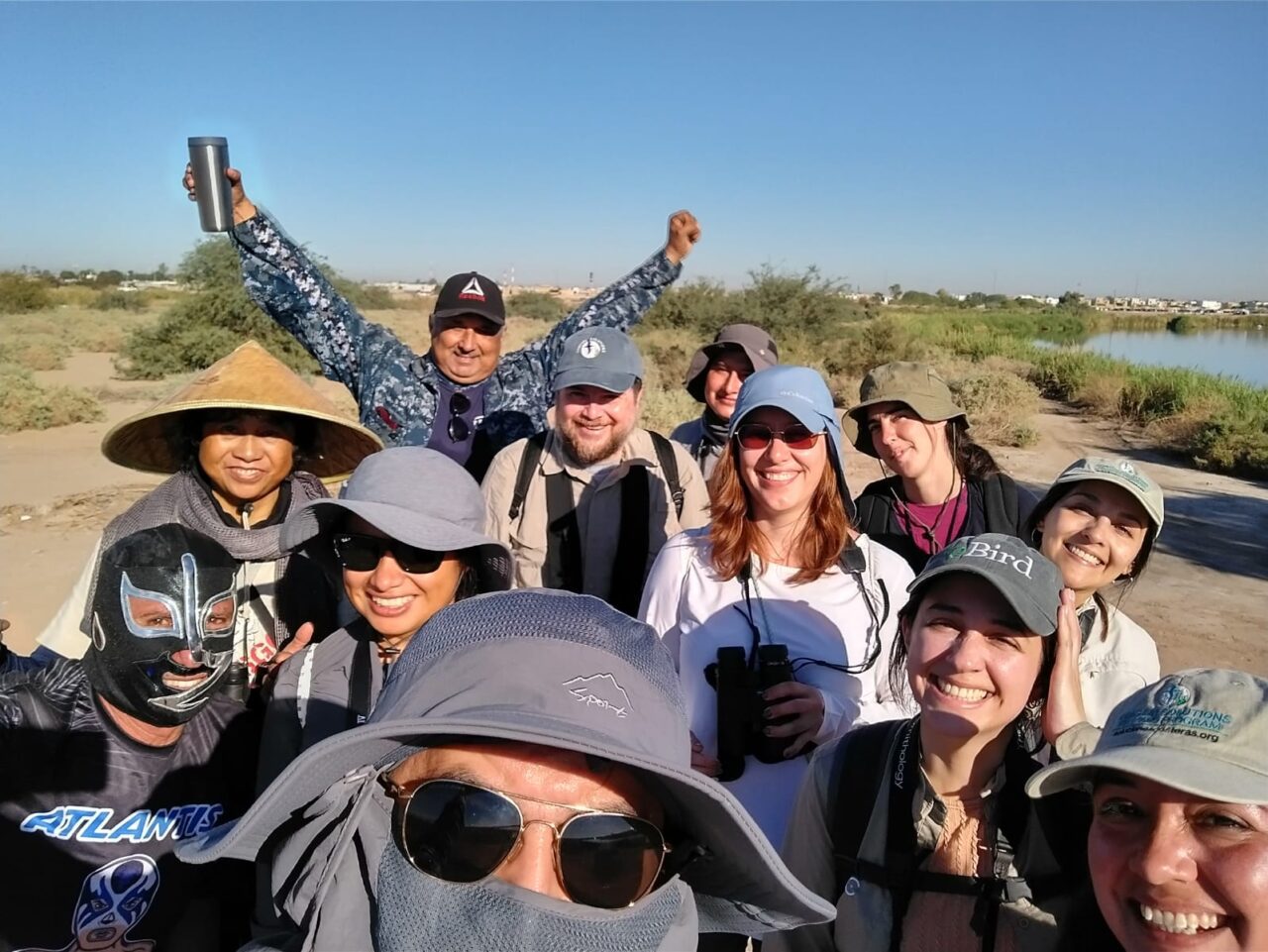
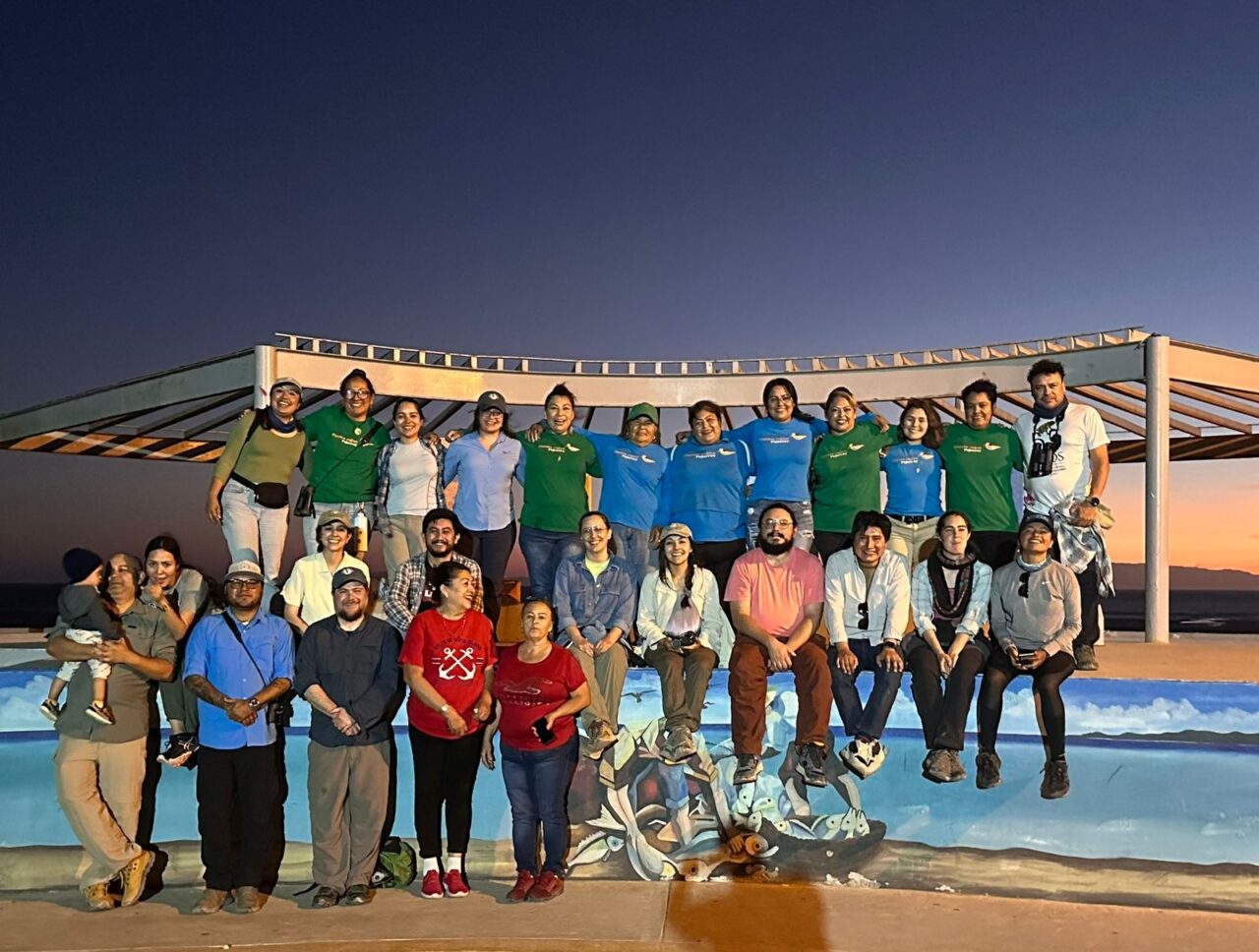
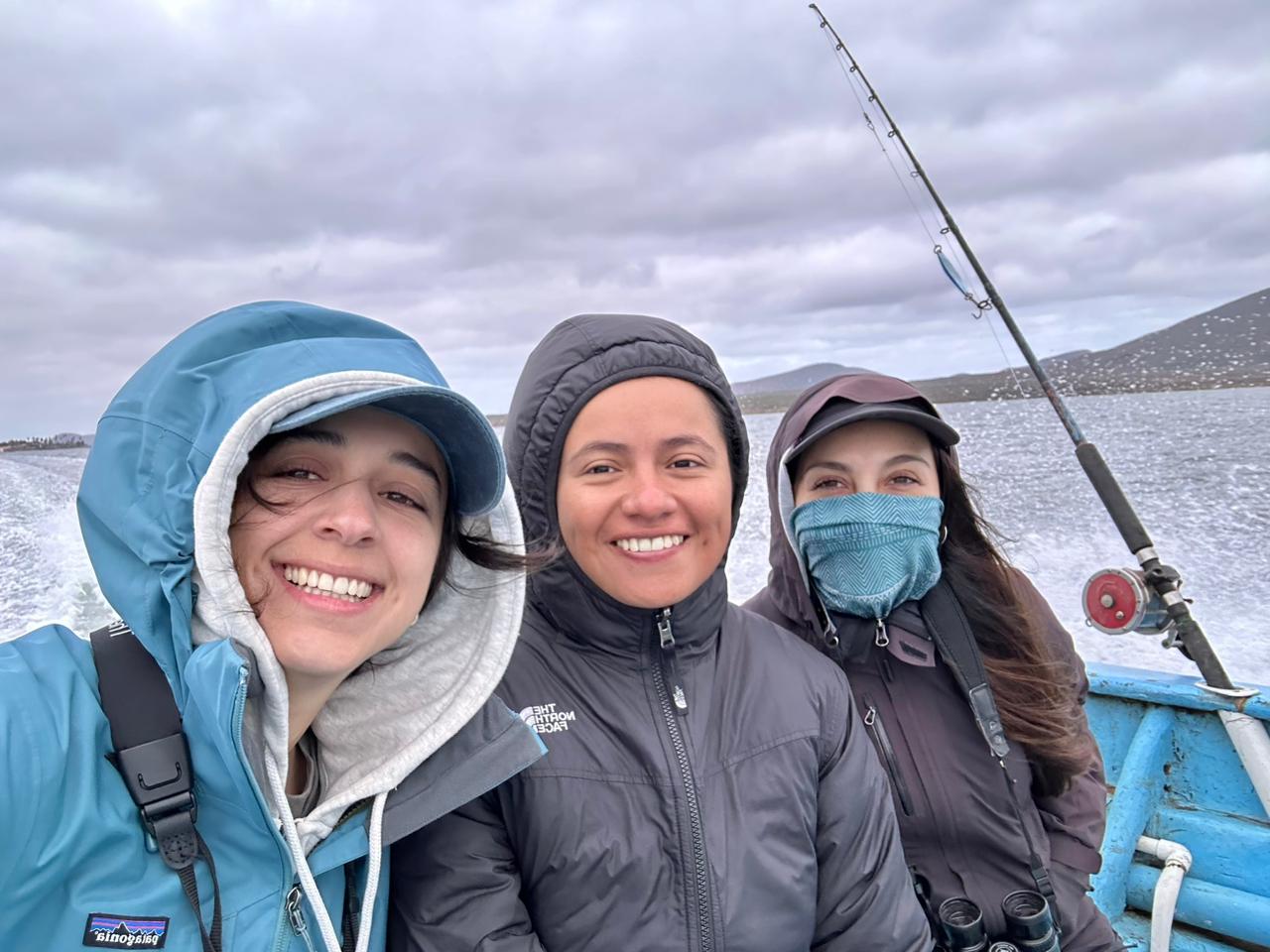
The Coastal Solutions Fellows Program participated from October 18 to 22 in the XIII National Landscape Architecture Conference: Landscape and Restoration, organized in Mexicali, Baja California by the Society of Landscape Architects of Mexico and the Autonomous University of Baja California. The main theme was restoration as a driver of natural and cultural systemic processes in the landscape, featuring keynote speeches, plenary sessions, posters, and case studies from the United Kingdom, Guatemala, Chile, the United States, Spain, and Mexico.
The Program contributed with three plenary sessions, including “Engineering and its Role in the Restoration Plan of the Huizache-Caimanero Lagoon System” by Román Canul (Fellow 2020), “Participatory Resilience Strengthening in Monterrico-Hawaii, Pacific of Guatemala” by Ángeles Schoenbeck (Fellow 2022), and “The Role of Architecture and Engineering in Wetland Restoration Processes” by Osvel Hinojosa (Program Director).
The Coastal Solutions Fellows also contributed with a video (“Master Plan and Green Infrastructure in the San Quintín Lagoon Complex” by Leslie Ponce de León) and two posters (“Conservation of Shorebird Habitat in the Ojo de Liebre Lagoon Complex, Guerrero Negro, B.C.S” by Laura Ibarra, and “Governance, Monitoring, and Management of Habitats for the Conservation of Shorebirds in Critical Coastal Sites in Chile” by Sharon Montecino, Gabriela Contreras, and María Valladares).
Following the conference, we took advantage of our stay in the region to visit the wetlands of the Colorado River Delta and the Upper Gulf of California from October 23-26. Alongside 18 fellows, we visited several successful restoration and conservation cases in this site of hemispheric importance for shorebirds. In the Colorado River area, we visited the restoration sites of Laguna Grande, El Chaussé, and Miguel Alemán, implemented by environmental organizations of the Raise the River Coalition, a binational partnership of ngo’s including Pronatura Noroeste, Sonoran Institute, Restauremos el Colorado, The Nature Conservancy, and the National Audubon Society, with the support of government agencies from both Mexico and the United States.
Here, the group had the opportunity to delve into topics such as legal instruments for conservation, allocation of water rights for nature, landscape design for restoration, and hydrological strategies for water management with environmental purposes. We also discussed public policy processes, binational negotiations, and inter-institutional governance, as well as mechanisms for community involvement to consolidate the initiative in the long term.
We also had the chance to visit Las Arenitas, a 100-hectare wetland part within a water treatment plant in Mexicali, Baja California. The wetland provides habitat for tens of thousands of water birds while helping to improve the quality of treated effluent before it is directed for environmental purposes to the delta. We also visited the Cucapá Wetland, with a similar function and design, located in the city of San Luis Río Colorado, Sonora, helping to treat water before it is directed for aquifer recharge in the area.
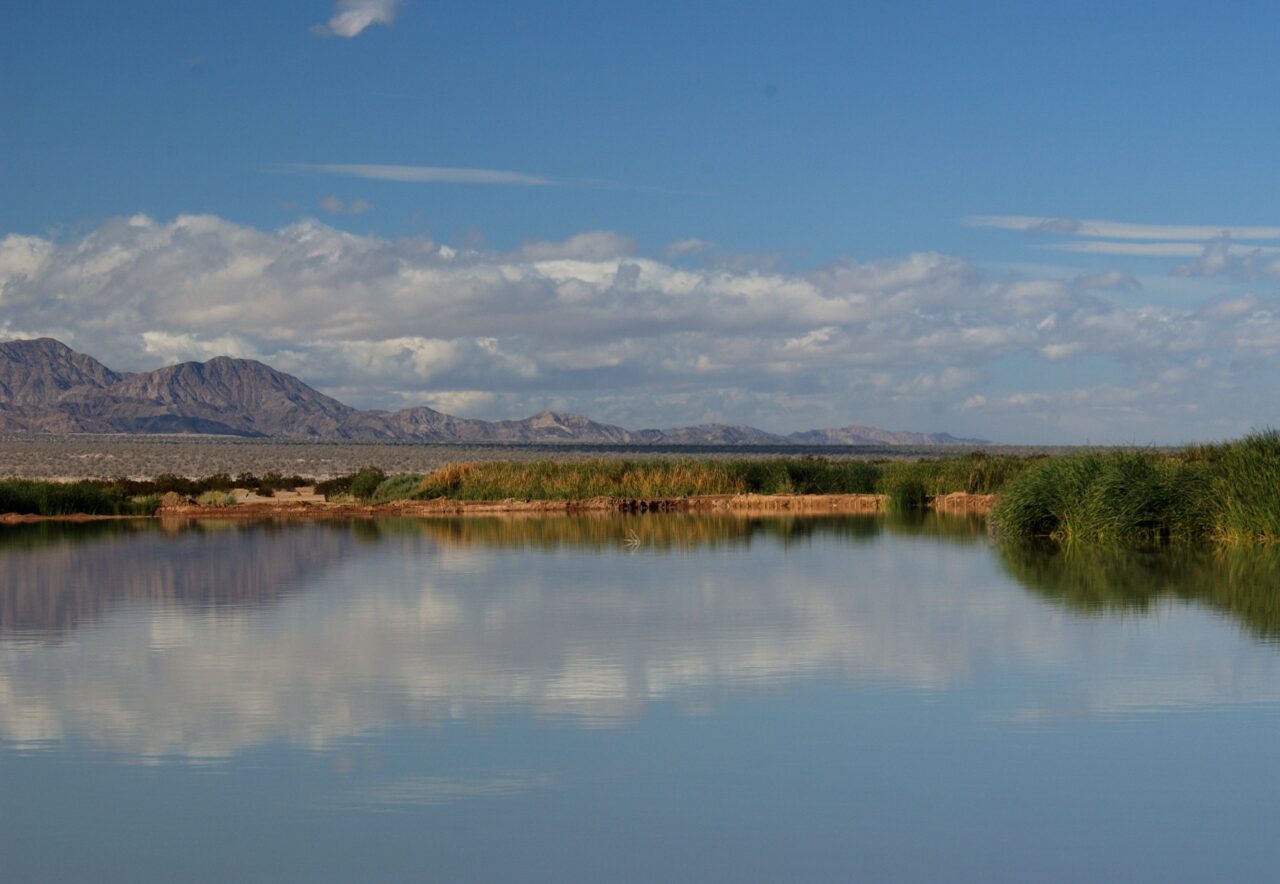
Later on, we visited the Cienega de Santa Clara, a wetland of international importance covering 20,000 hectares, located within the Upper Gulf of California and Colorado River Delta Biosphere Reserve, a protected natural area in Mexico. Here, we toured with the community ecotourism services of the Ejido Luis Encinas Johnson and learned about the management actions within the reserve.
Finally, we visited the coastal area in the town of El Golfo de Santa Clara, where members of the community group “Cuidando al Playero Rojizo y al Pejerrey” (Protecting the Red Knot and the Gulf Grunion) showed us the incredible work they have done to protect critical sites for these species on the beaches of El Golfo. Their actions include community involvement, the establishment of refuge zones to reduce human disturbance, and monitoring of their populations.

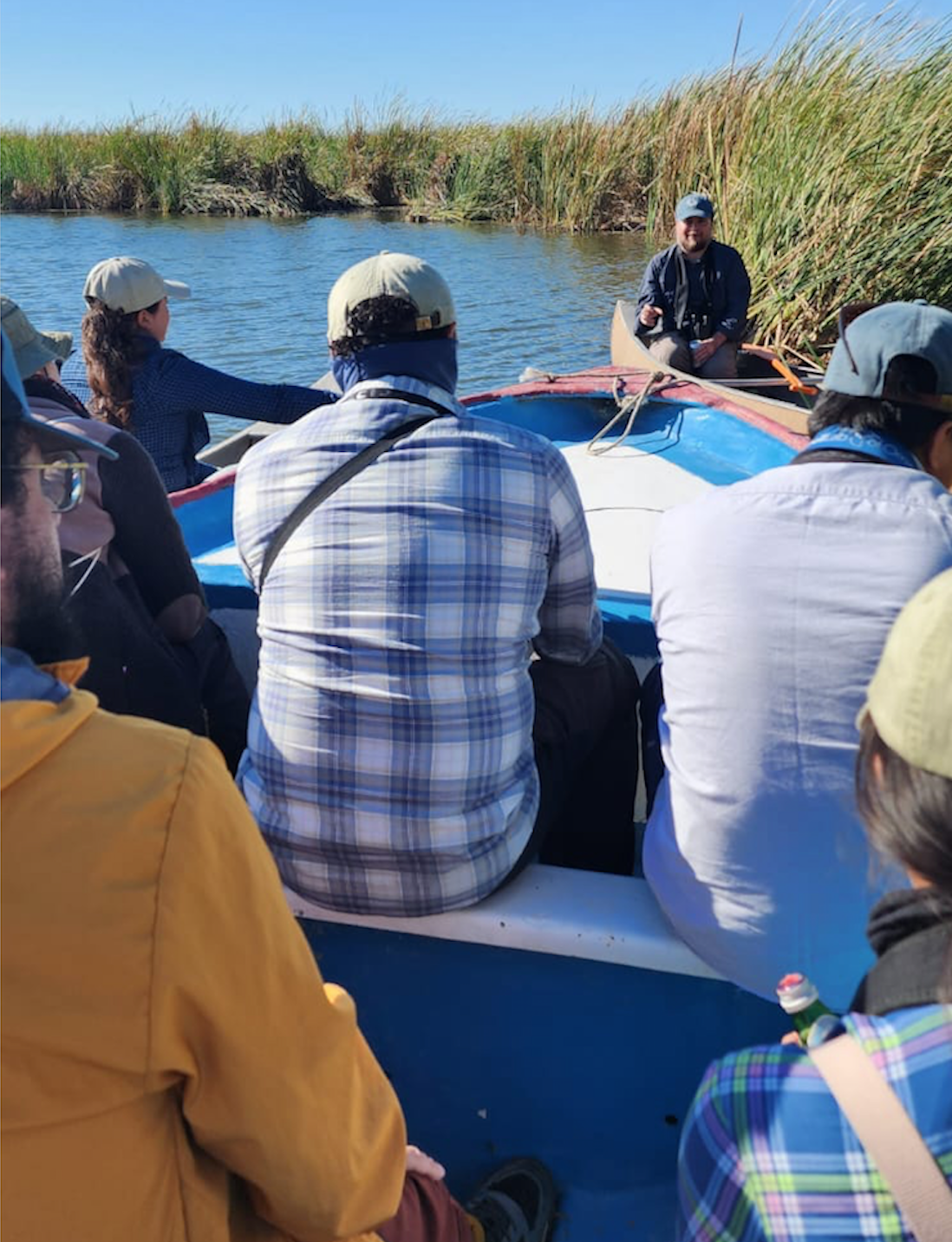
The participation of the Coastal Solutions Fellows Program in the Landscape Architecture Conference was an experience that contributed towards our goal of capacity building and the strengthening of a network for conservation in Latin America. Contributions through presentations, videos, and posters highlighted the ability and expertise of our fellows in protecting coastal landscapes. Furthermore, the tour of the Colorado River Delta provided our fellows with an invaluable opportunity to explore success stories and learn about various conservation mechanisms. This visit not only strengthened the bonds among the fellows but also consolidated the joint commitment for the conservation of shorebird habitats, reaffirming the importance of addressing environmental challenges with multidisciplinary and intersectoral approaches.